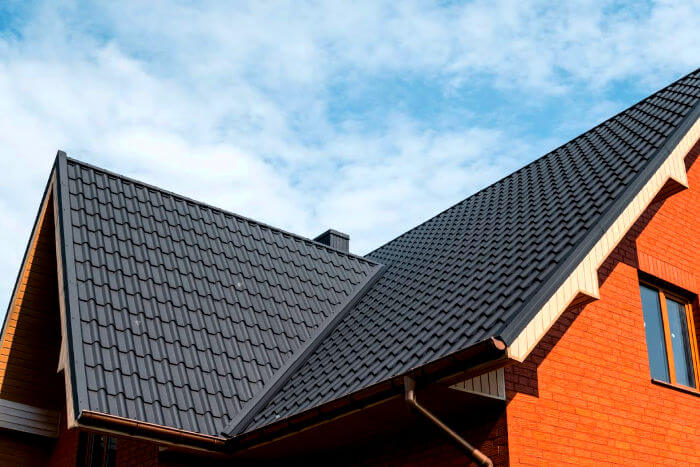Water Will Locate a Method
Water marks on a ceiling, or worse, dripping water, might have you stressed that your entire roof is in tatters. But even if there's a leakage does not mean your roofing system will need a substantial amount of repair work. In some cases quiting it is as simple as loading a crack with caulk, changing a few tiles, or mounting some blinking-- a membrane layer or layer of Montclair Roof Repair contractors steel that supplies a mechanical obstacle to redirect water at corners, crevices, voids, and also various other places vulnerable to dripping.

Fallen tree limbs, hailstorm, as well as even wind can loosen up or eliminate shingles. Damaged flashing is an additional common offender. Also rubberized boots around plumbing pipes, or with poorly installed dish antenna or photovoltaic panels can cause isolated leakages. To identify what kind of leak you have actually got on your hands, first attempt to trace it to its origin.
Trying to find Leaks
It's easiest to locate a leak when it's drizzling outside. Bear in mind that water usually gathers at an area that's various from where it's getting in-- it generally runs down the size of a rafter or stud as well as just trickles once it gets to a low point.
In an incomplete attic, the framing shows up, so merely start at the leak and look along the size of any type of wood framing that leads to that factor, to see if you find a trail of water that stems https://en.wikipedia.org/wiki/?search=Montclair Roofing higher up on your roof. In a finished attic room, you'll need to make use of a handheld tool called a stab saw to remove any drywall that blocks your sight. As soon as you think you've located the beginning, consider top of the roof (you can do this securely from the ground with a pair of field glasses) to see if you can recognize any obvious offenders, like missing tiles, or worn out flashing near a smokeshaft.
If you can not find the leakage on your own, a licensed professional roofer can carry out an examination as well as make recommendations about whether repair work or replacement is required. Also if you have the ability to situate your very own leakage, you'll want to leave the repair work work to a pro-- climbing up onto your roof covering with a tall extension ladder is an unsafe task. Most leaks can be stopped if they're limited to a couple of spots. If, however, you're experiencing reoccuring leaks, as well as your roof covering is out of guarantee, it might be time for a brand-new roofing. The money you would invest in multiple short-term solutions is probably much better applied to a brand-new roofing system with an extensive warranty.
Various Other Warning Signs
You don't need to await leakages to appear prior to you consider fixings to your roof covering, however. Missing out on, damaged, or curling tiles can all be indicators of leaks to find. And the age of your roof itself can be an overview-- home owner's insurance provider normally presume an asphalt shingle roof will last about twenty years, and also some insurers will not offer coverage if your roof covering is older than that. If your roofing system was placed on by the previous proprietor of your house, a roofer or a qualified house assessor can typically offer a harsh price quote of the age, based upon the problem of the shingles.
Also without leakages or noticeable signs of damages to the roofing system, it can make good sense to replace an out-of-warranty roofing system that's greater than 20 years old. That's because when a leak establishes, it can do significant damages to the wood sheathing under the shingles. And if that sheathing ends up being distorted or decomposed, changing it can add numerous thousand dollars to the total cost of your new roofing when you do get around to replacing it. The image listed below shows the different layers associated with a regular roofing.
Insurance Coverage
Prior to you hire anybody to work on your roof covering, call your property owner's insurer to inspect your deductible and also protection for roof covering fixings or replacement. You'll want to weigh your out-of-pocket prices versus the cost of changing your roof covering entirely. Consider any kind of resulting increase in your premium also-- it might make more sense to simply cover the expense on your own.
Generally, home owner's insurance coverage may cover, or contribute toward, the repair of separated leakages, but will not cover the price of replacement. The majority of insurance companies will send an insurer to provide a quote for the repair work, and plans commonly cover repair services to the roof covering, along with any kind of damage to the framing, drywall, or floor covering that arises from a dripping roof. If you do get a payout from your insurance provider, you can use that money to make the certain repairs, or use it toward the cost of a total substitute.